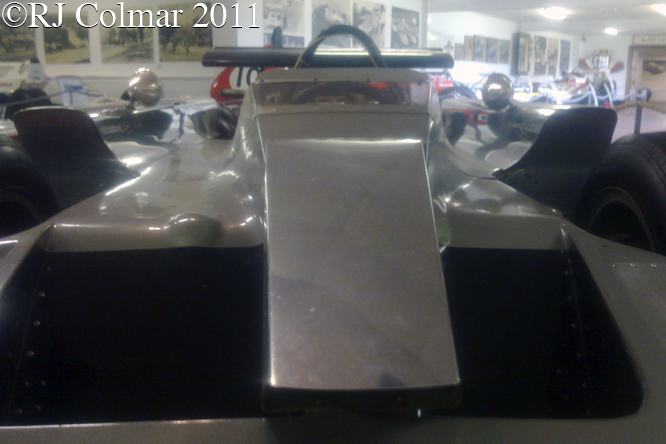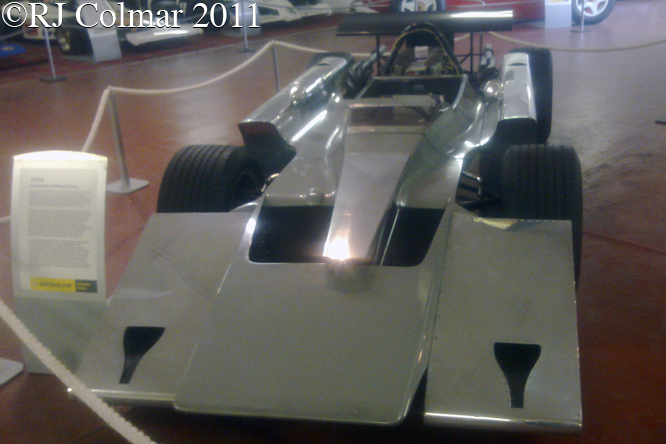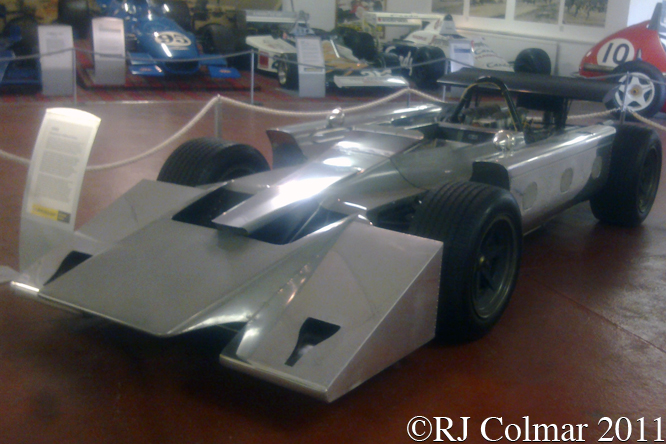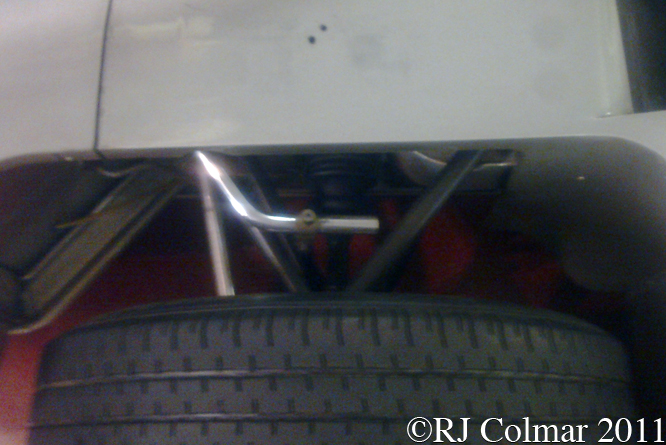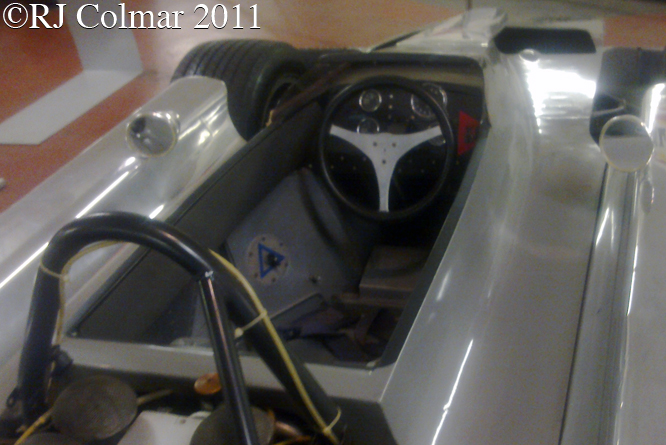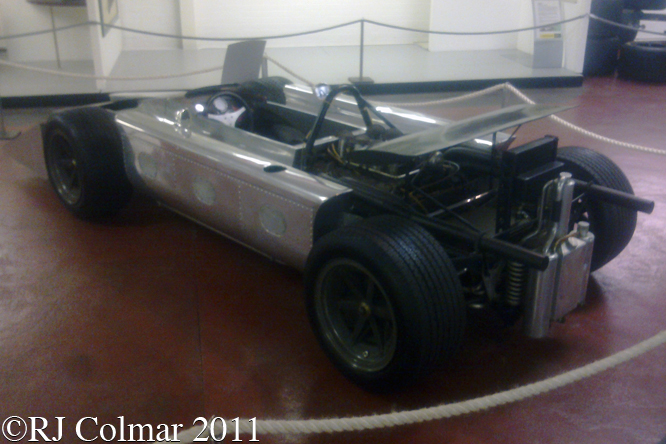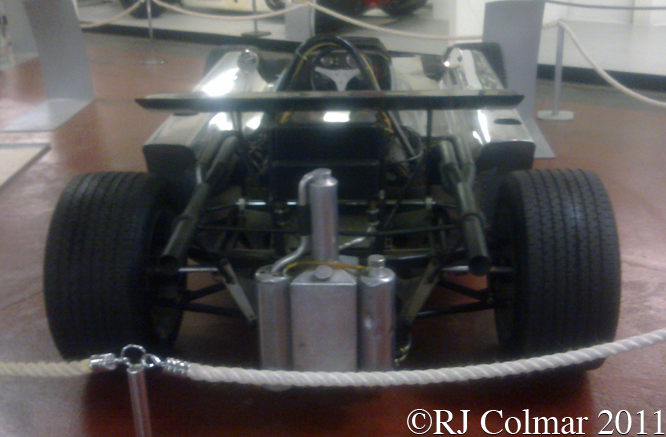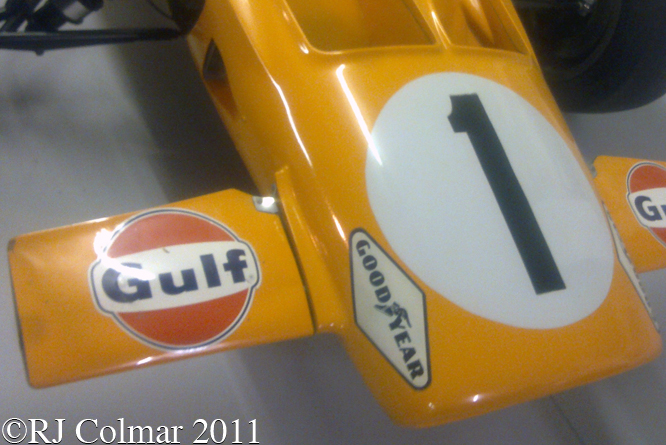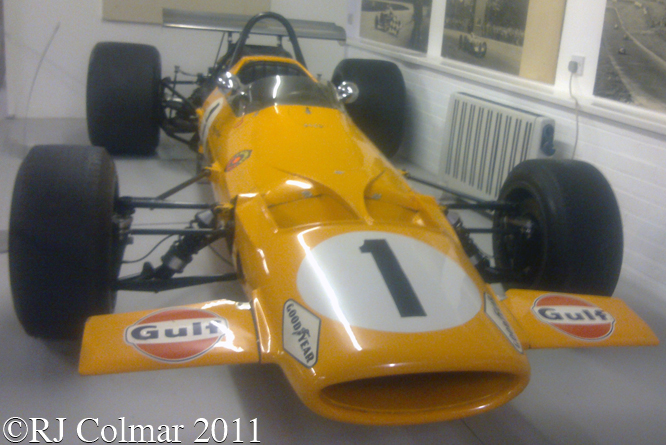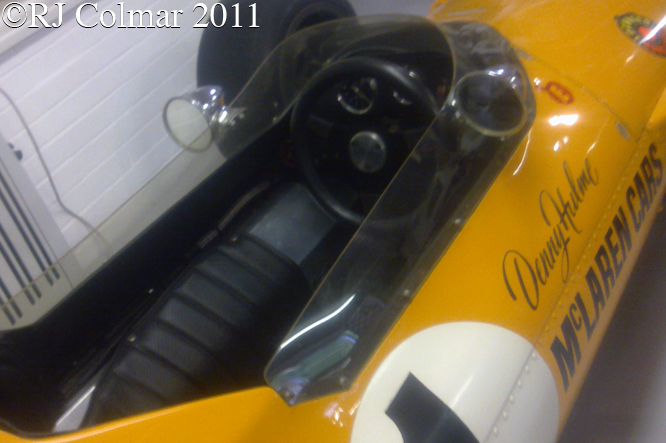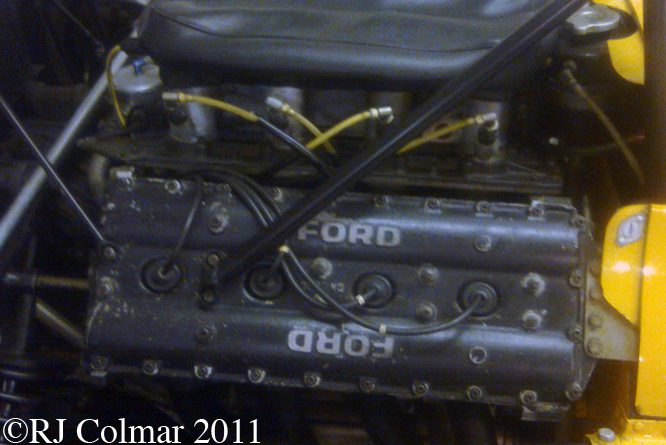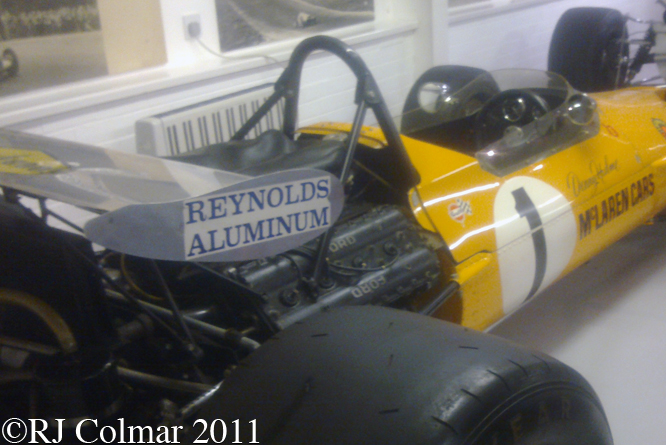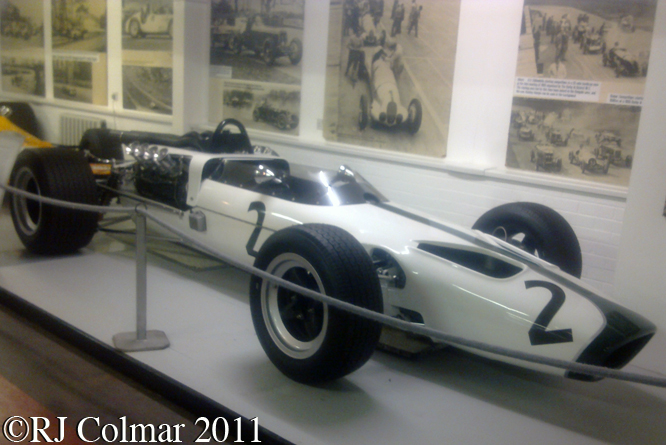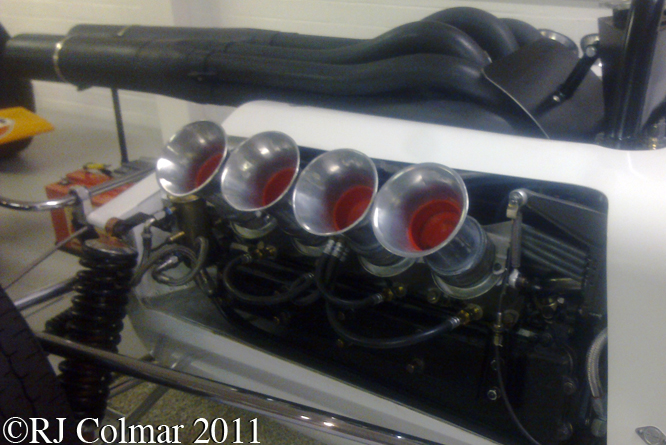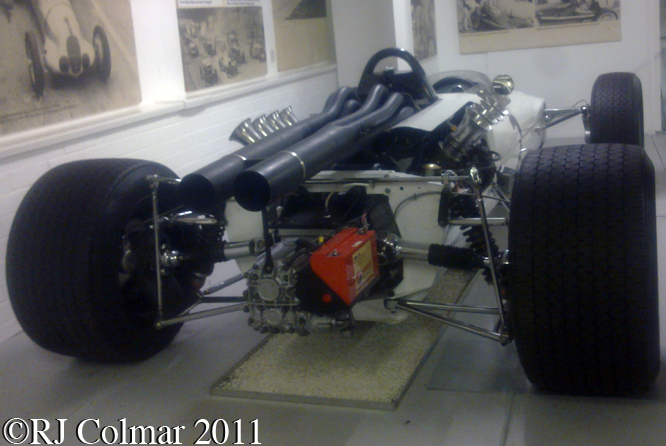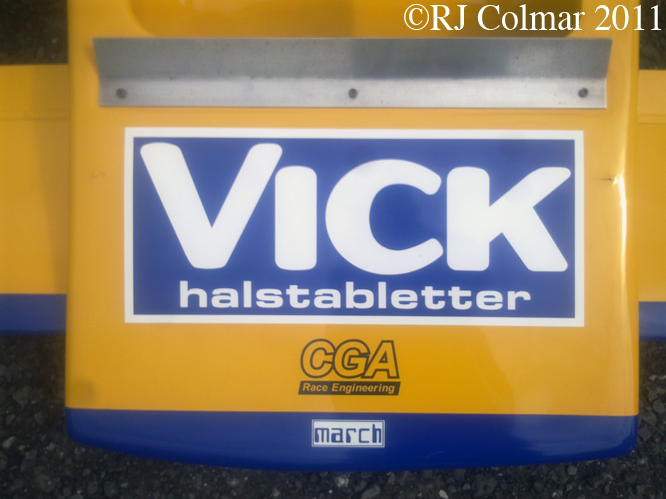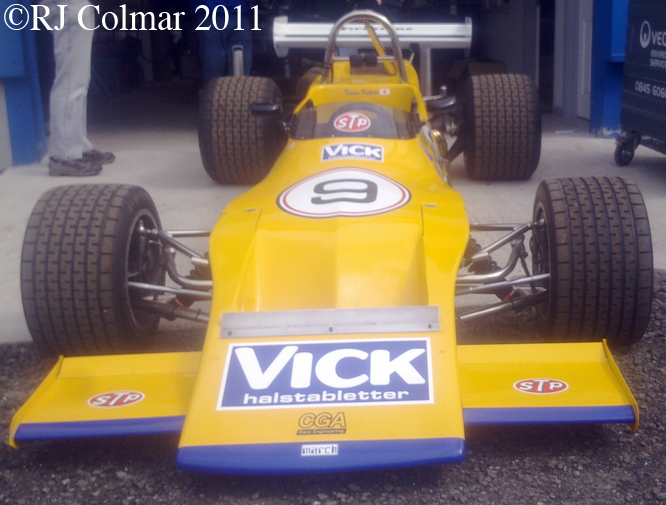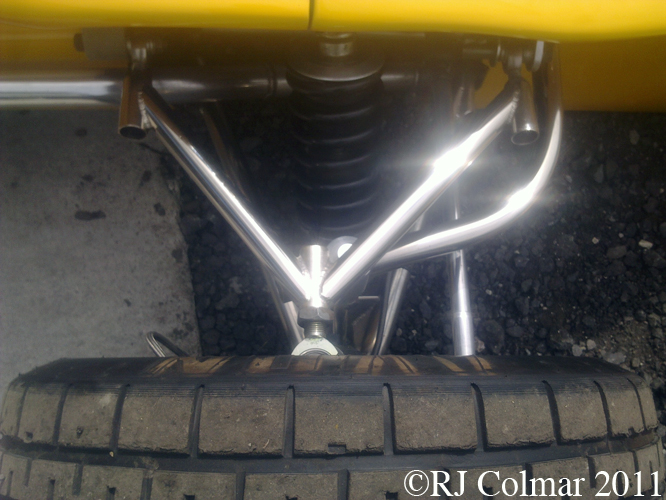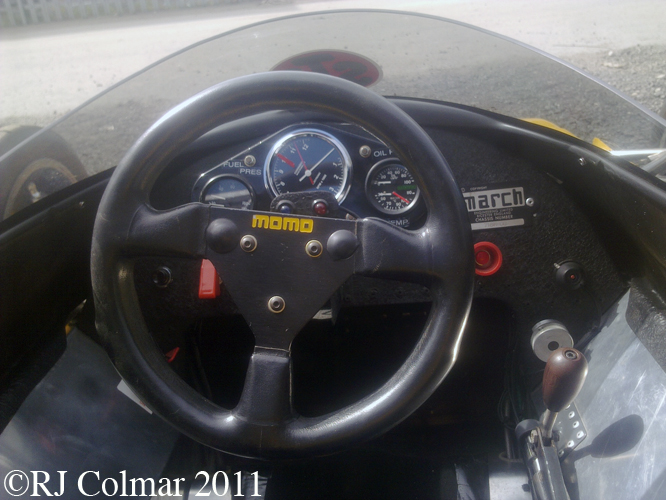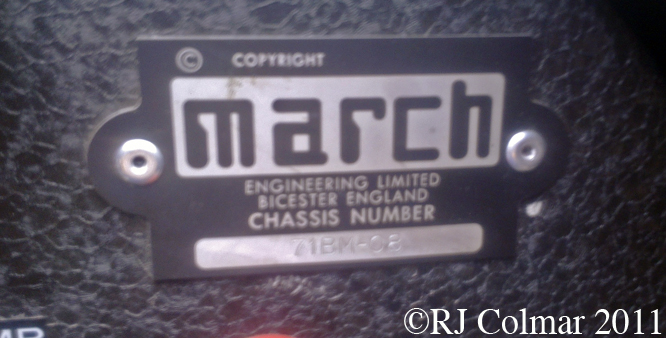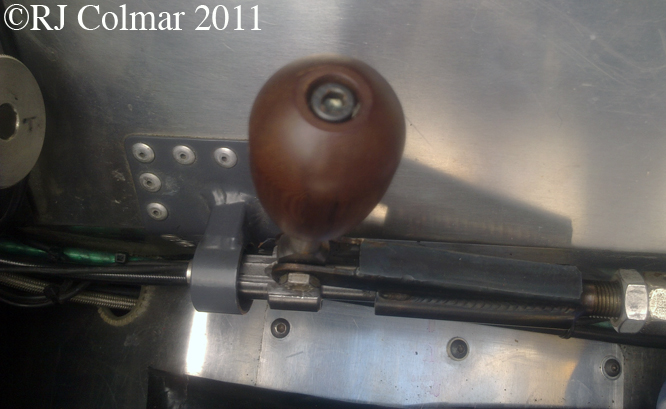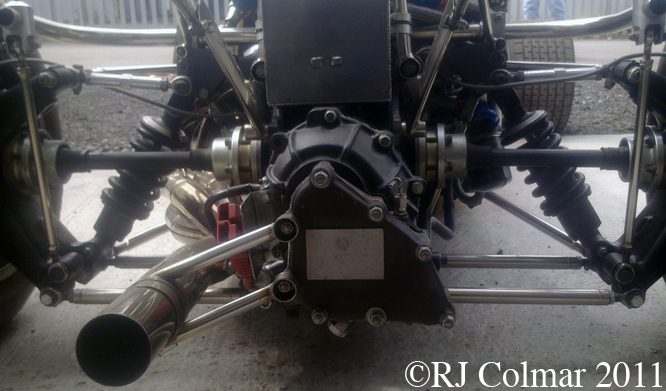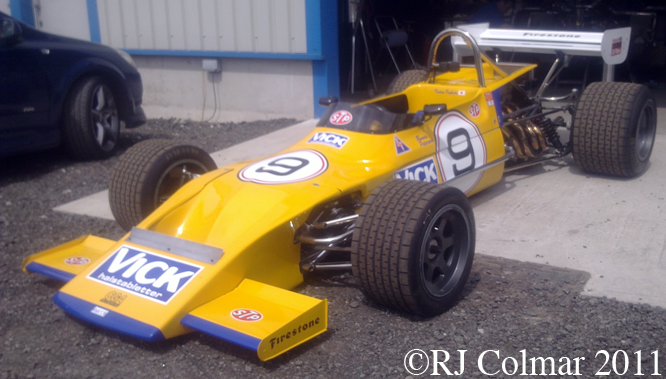The story of March racing cars presence in Formula One was one of a meteoric rise in a blaze of publicity and a slow decline, the company founded in October 1969 had built six of the 22 cars that started the 1970 British Grand Prix, thanks to Ken Tyrrell who bought three March cars for 1970, after his split with Matra, a March driven by reigning Driver Champion Jackie Stewart started on pole position at the first race of the 1970 season and won the Spanish Grand Prix, the second race of the season.
In 1971 Ronnie Peterson joined the works team and finished second in the drivers championship with no wins but 4 second place finishes. It was not until 1975 that the works March team won it’s first championship Grand Prix when Vittorio Brambilla crossed the line first at the prematurely concluded 1975 Austrian Grand Prix and promptly crashed into the crash barrier on the slowing down lap. For 1976 Ronnie Peterson rejoined the March team and won the Italian Grand Prix which proved to be the team and manufacturers final championship Grand Prix victory.
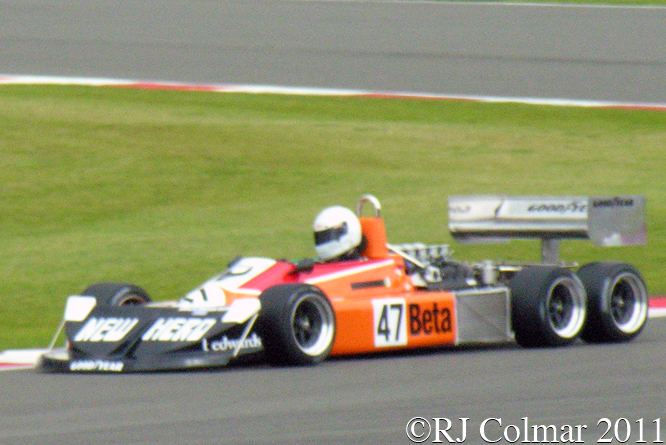
Looking forward to 1977 the team was short of cash when designer Robin Herd, who had designed the all wheel drive Cosworth in 1969 after he left McLaren, came up with the idea of building a six wheel car with four driven rear wheels as a way to improve on the mildly successful 6 wheel, 4 steering wheels at the front, Tyrrell P3/4. Team co-founder Max Moseley was instantly sold on the idea realising a six wheel March would be an excellent vehicle to generate some publicity and attract potential sponsors.
The shortage of cash meant the team focused on building the 4 wheel drive train and attendant suspension and attaching it to the back of a 1976 March 761, according to the best sources available to me this was chassis #761/1 which after several accidents was on it’s third monocoque tub and renumbered 761/10 for it’s press launch in early 1977 where a white prototype was shown. Turns out that only two of the rear wheels were driven at the press launch because not all of the internal components of the drive train had been finished in time to be installed.
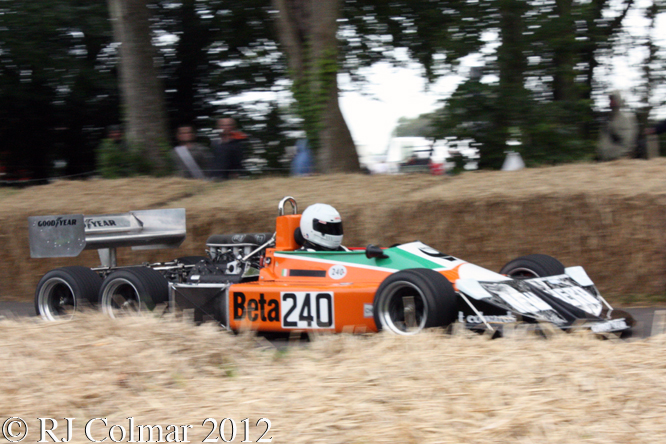
When all the parts were ready they were attached to the back of chassis #761/2 and Howden Ganley was employed to test the car with a strange mix of old body panels including a nose clearly marked Doug Sherison Racing that probably came from a March 76A Formula 5000 car.
Howden commented on his experience “I tested the 6-wheeler three or four times. I think once at Goodwood and the other times at Silverstone. There were a few teething problems with the transmission – but eventually it all worked OK. I do not recall Max ever asking me to go easy on the power. In fact the last test in the pouring rain at Silverstone I used full acceleration without encountering any traction problems. Quite impressive.”
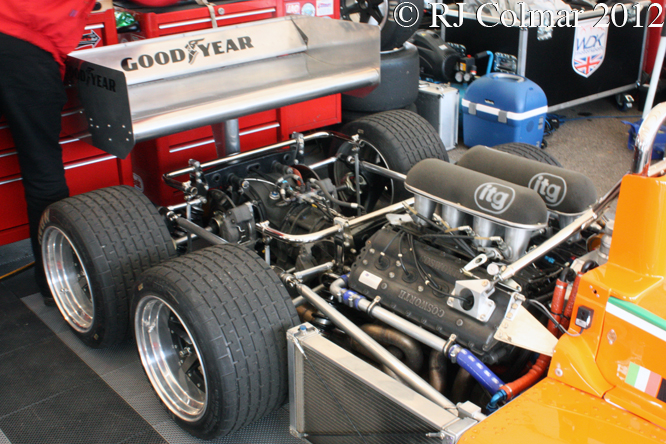
The concept did indeed attract a lot of attention and in March 1977 Rothmans held a press day at Silverstone at which they announced they would sponsor Ian Scheckter who tested the all wheel drive system now attached to a much older chassis, painted in Rothmans colours, that started life in 1974 as a March 741 #741/1 was renumbered to become #751/4 in 1975 and renumbered again to become #761/5 in 1976.
Regrettably after testing the concept the March team decided to revert to running a conventional 4 wheel 2 wheel drive layout for their 761’s which were updated to 761B spec for the start of the 1977 season. Around this time a well known picture began circulating of Alex Ribeiro sitting in his Hollywood sponsored car fitted with the 4 wheel drive transmission and a third set of rear wheels, as can be seen in this link young Brazilian F3 pilot Nelson Piquet can hardly keep a straight face in the prank photo.
At the end of the season March folded it’s F1 operation, although it was continuing to make good money on the 2-4-0 from the Scalextric model rights and from a show car for which there was much demand. Despite the fact that the 6 wheel March 2-4-0 was never raced, so far as I know Robin Herd remains the only man to have designed two four wheel drive formula one cars neither of which raced, in period, a couple of years later Roy Lane managed to acquire the 4 wheel drive axles and fitted them to his March 771 which he used in the 1979 British Hillclimb Championship.
Roy won a round of the championship at Wiscombe Park but found that the advantages of the system in wet conditions were out weighed by the performance of the lighter 2 wheel drive in the dry and ended up converting his car back to a conventional layout during the course of the season in which he failed in his attempt to recapture the British Hillclimb Championship.
The car featured today was built up by Anthony and Jeremy Smith with one of the two original 4 wheel drive transmissions built and a chassis who’s in period identity has not been established. Jeremy is seen at the wheel of the car at Silverstone top and Goodwood middle. By complete coincidence this March 2-4-0, there is another at the Louwman Museum, is currently for sale at Speedmaster Cars in Wetherby.
My thanks to James Hanson at Speedmaster Cars who kindly answered my questions about the chassis of today’s featured car and to members of The Nostalgia Forum, not least Tony “Giraffe” Gallagher, who posted pieces of the March 2-4-0 jigsaw puzzle seen on this linked thread.
Thanks for joining me on this “Showboating” edition of “Gettin’ a li’l psycho on tyres” I hope you will join me again tomorrow. Don’t forget to come back now !
PS Anyone planning on going to next weeks Silverstone Classic please remember this year will be advanced ticket only available on this link.


